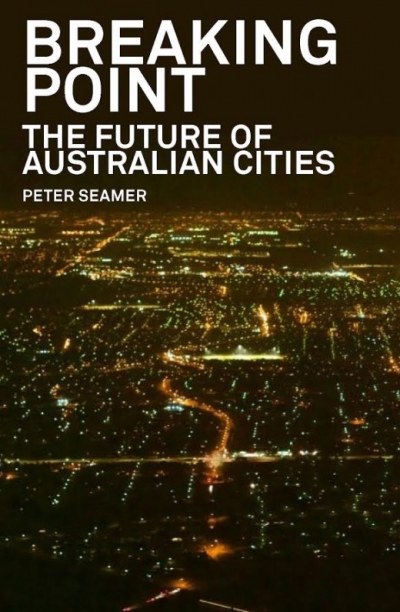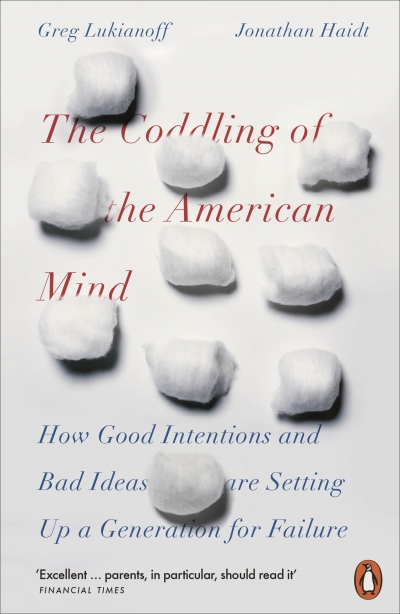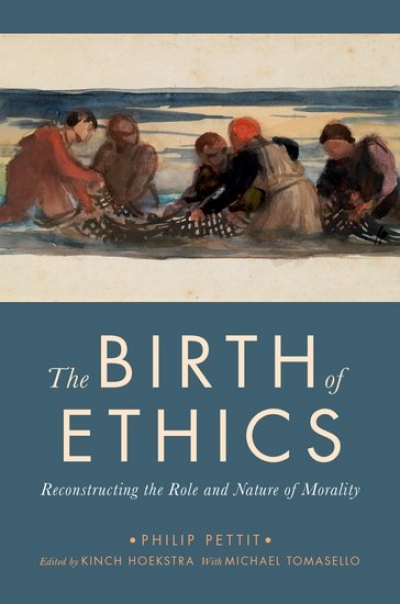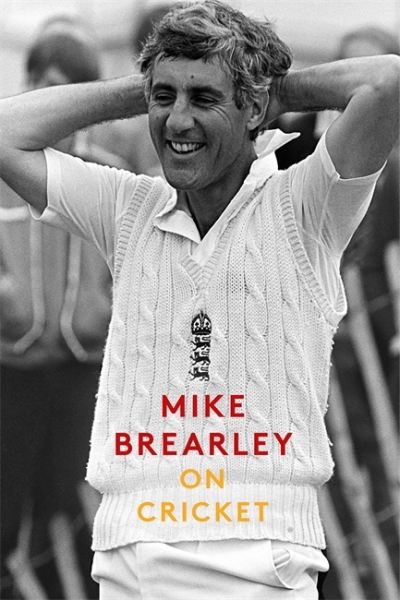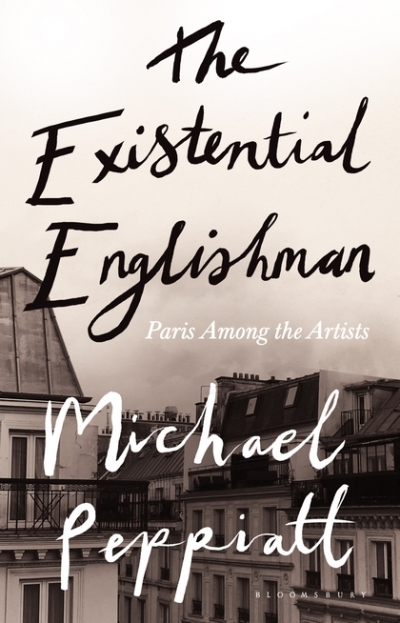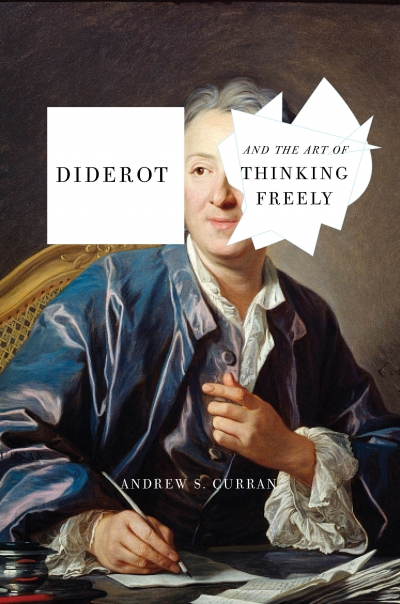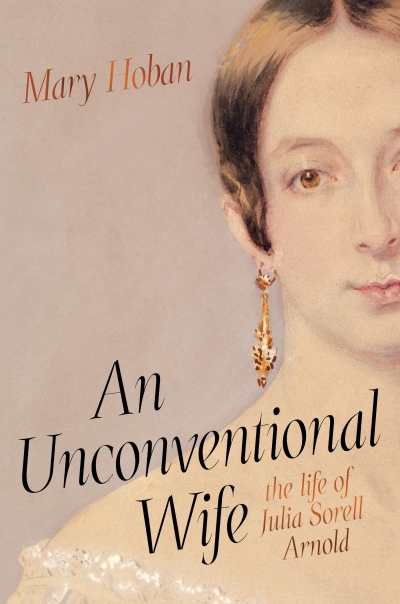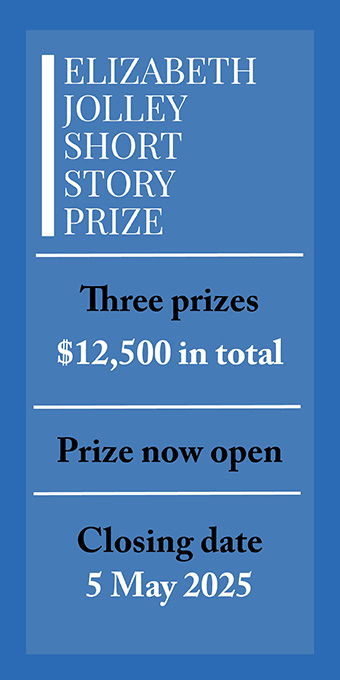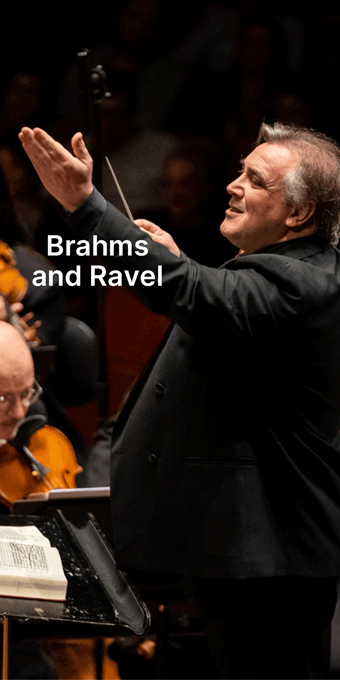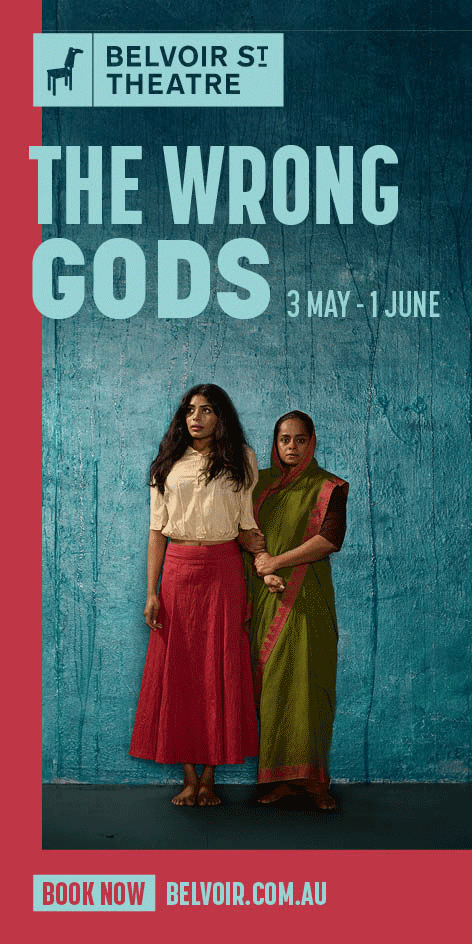Non Fiction
The Uninhabitable Earth: A story of the future by David Wallace-Wells
by Deb Anderson •
The Coddling of the American Mind by Greg Lukianoff and Jonathan Haidt
by David Rolph •
The Birth of Ethics: Reconstructing the role and nature of morality by Philip Pettit, edited by Kinch Hoekstra with Michael Tomasello
by David Neil •
The Existential Englishman: Paris among the artists by Michael Peppiatt
by Gemma Betros •
Secularists, Religion and Government in Nineteenth-Century America by Timothy Verhoeven
by Ian Tyrrell •
An Unconventional Wife: The life of Julia Sorell Arnold by Mary Hoban
by Jim Davidson •




